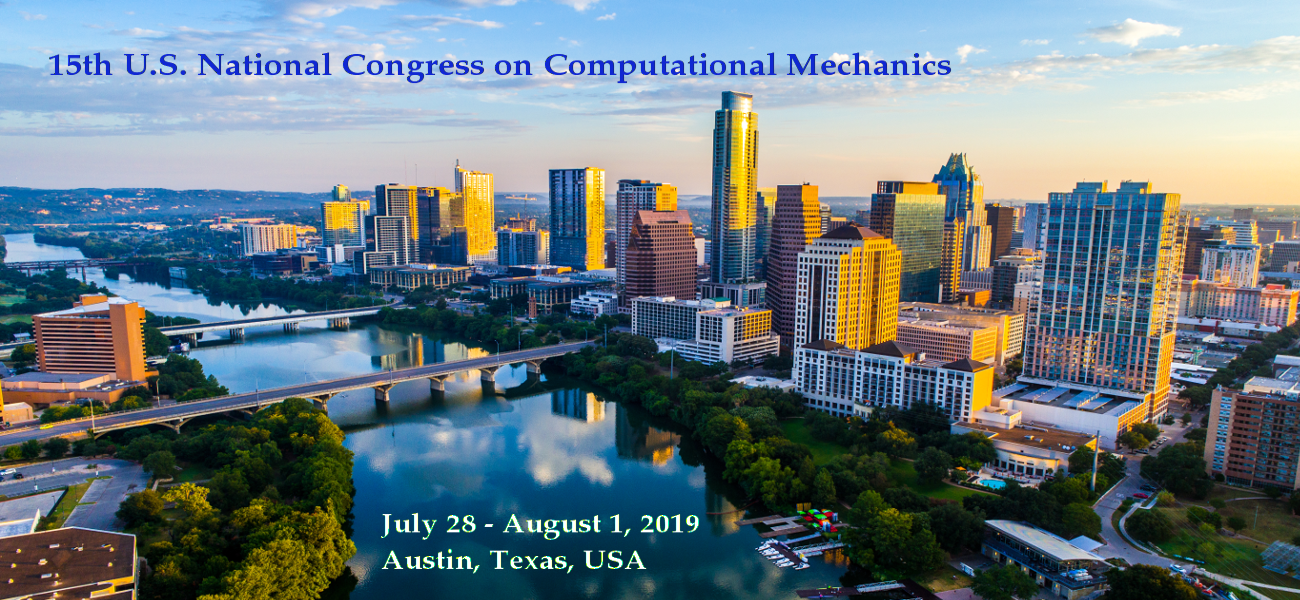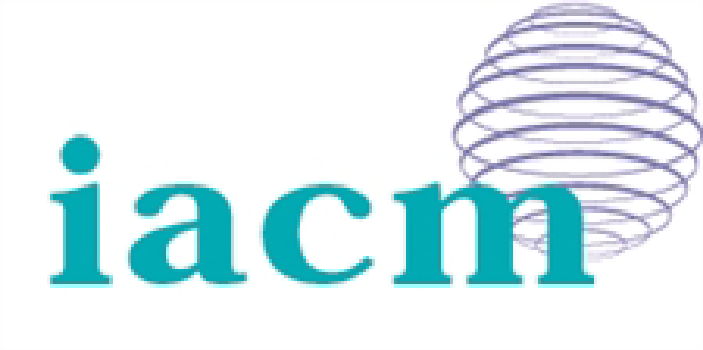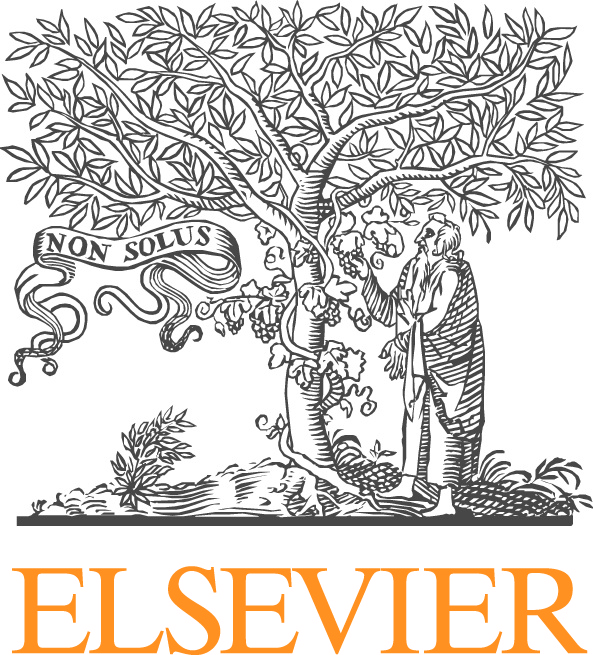Steven Owen, Sandia National Laboratories
Mark Shephard, Rensselaer Polytechnic Institute
Franck Ledoux, CEA
Matt Staten, Sandia National Laboratories
Automatic unstructured mesh generation continues to be a vital technology in computational field simulations. As computing technology continues to advance and modeling requirements become more precise, automatic mesh generation techniques must rise to fulfill ever-increasing and diverse expectations. This symposium is a forum for exploring and synthesizing many of technologies needed to develop a computational grid suitable for simulation.
All abstracts related to geometry and mesh generation for computational simulation are welcome. In this symposium we are soliciting, in particular, advancements and trends from academics and industry in the following areas:
• Mesh generation algorithms: including theoretical foundations and new algorithms for automatic methods for tet, hex and polyhedral methods.
• Parallel and scalable algorithms: including methods for generating and managing mesh and geometry for massively parallel systems.
• Meshing tools and applications: including commercial meshing tools and their application to current problems in industry.
• Multiphysics meshing issues: including tools and methods for managing meshing and geometry for mutiscale, mutliphysics applications.
• Infrastructure and tools for meshing: including APIs and tools for managing and interfacing meshing tools.
• Adaptive meshing tools and applications: including tools and methods for adaptively modifying mesh and geometry based on run-time results or optimization parameters.
• Meshing and geometry for geophysics applications: including geometry and meshing technologies for subsurface modeling and simulation.
• Meshing and geometry for biomedical applications: including geometry and meshing technologies for biomedical applications
• Meshing and CAD Geometry: including tools and methods for properly interacting with CAD geometry, and when needed to characterizing and resolve geometry problems to ensure the reliable generation of controlled meshes.







